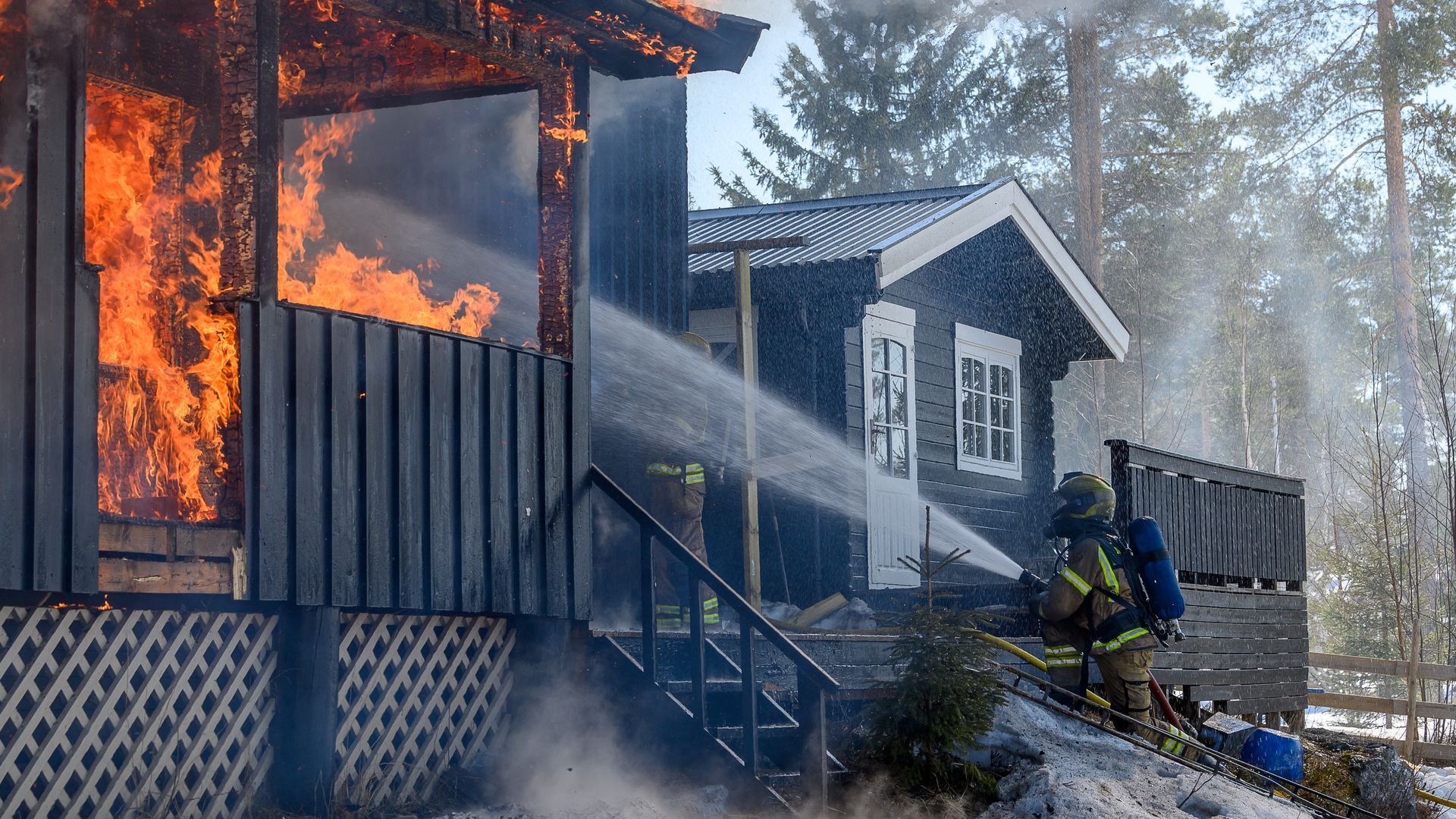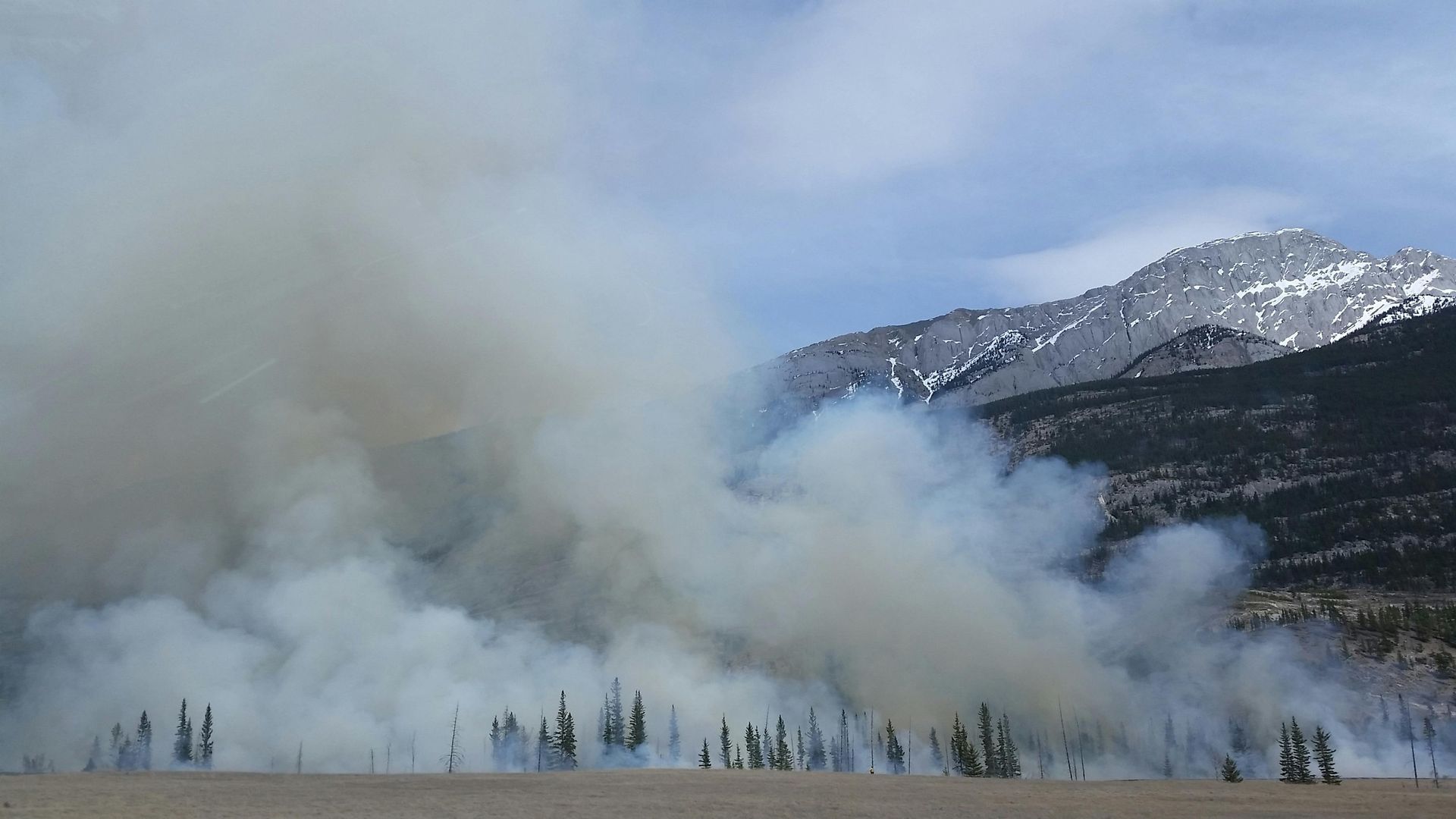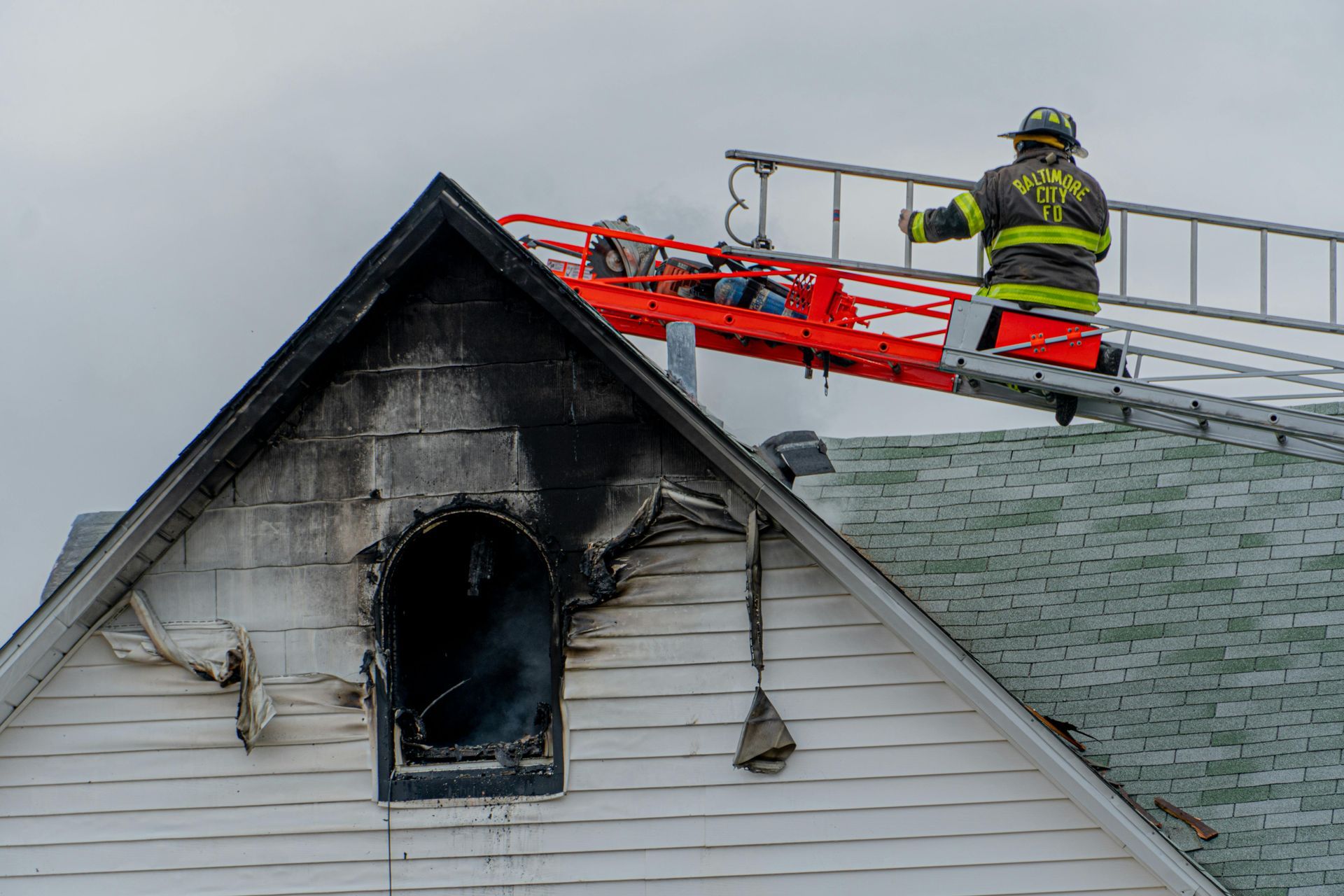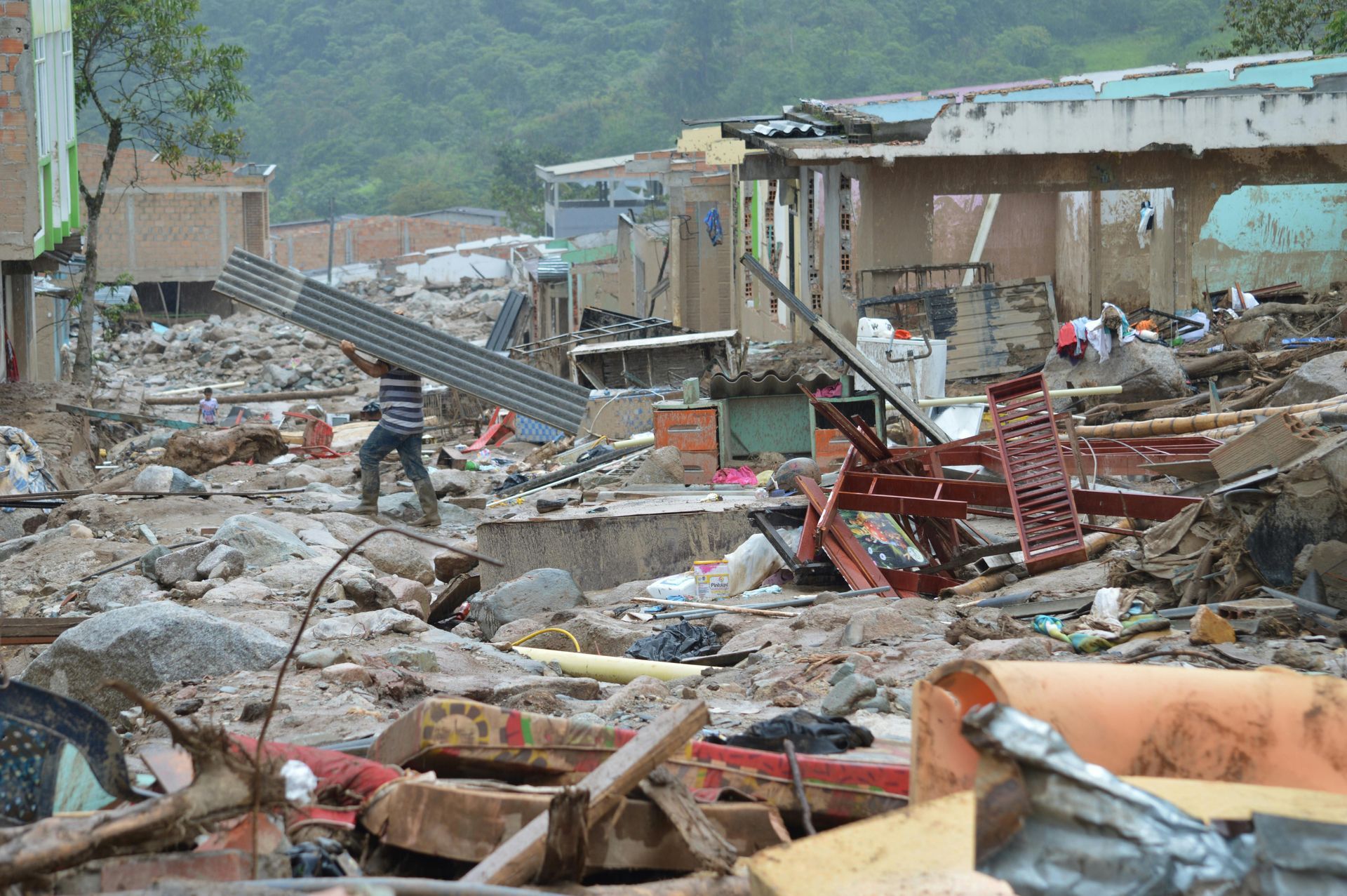How to Document Property Damage for Insurance Claims in Houston, TX
Property damage is an unfortunate reality for many homeowners in Houston, TX. Whether it's due to severe weather, fire, water leaks, or other unforeseen events, documenting property damage claims thoroughly is crucial for a successful insurance claim. Proper documentation can help ensure you receive the compensation you deserve, reducing the stress and financial burden during a difficult time. Here, we provide a comprehensive guide on how to document property damage insurance for property damage claims effectively.
1. Initial Assessment and Safety Measures
The first step in documenting property damage claim is to conduct an initial assessment while prioritizing safety. Before you start, ensure that it is safe to enter the property. Look out for hazards such as structural damage, exposed wires, or flooding. If the damage is extensive, consider waiting for professional assistance to avoid injury.
Once it's safe, walk through the property and take note of all visible damage. Make a preliminary list of affected areas and items. This initial assessment will help you organize your documentation process and ensure you don't miss any critical details.
2. Detailed Photographic and Video Evidence
Visual evidence is one of the most effective ways to document business property damage claims. Photographs and videos provide a clear, indisputable record of the damage, which can be invaluable during the claims process.
Photographs
- Take multiple high-resolution photos from different angles.
- Capture both close-up and wide shots to provide context.
- Capture images of both the outside and inside of the property.
- Make sure to photograph any structural damage, damaged belongings, and areas where damage is less obvious.
Videos
- Record a walkthrough of the property, narrating the extent of the damage.
- Focus on specific areas of concern, zooming in on significant damage.
- Ensure your videos are steady and well-lit to provide a clear view.
3. Create a Detailed Inventory of Damaged Items
A comprehensive inventory of damaged items is essential for your residential insurance claim. This list should include every affected item, no matter how small. Here’s how to create a thorough inventory:
- Description: Provide a detailed description of each item, including brand, model, and any distinguishing features.
- Original Cost: Note the purchase price of each item. If possible, gather receipts or bank statements to verify these amounts.
- Condition Before Damage: Describe the condition of each item before the damage occurred.
- Estimated Value: Estimate the current value of the item, considering depreciation and wear and tear.
- Photographic Evidence: Attach photos of each damaged item to your inventory.
Using a spreadsheet can help you organize this information effectively. There are also mobile apps available that can assist in creating digital inventories.
4. Collect Supporting Documents
In addition to visual evidence and an inventory, gather any supporting documents that can strengthen your commercial property insurance claim. These documents may include:
- Receipts and Invoices: Proof of purchase for damaged items.
- Warranties: Documentation showing that items were under warranty.
- Maintenance Records: Records of regular maintenance for appliances, HVAC systems, and other major items.
- Estimates and Bills: Any estimates or bills for repair work already performed.
Having these documents on hand will provide additional proof of ownership and value, making it easier for the insurance adjuster to process your
residential insurance claims.
5. Professional Assessment and Reporting
In some cases, having a professional assessment can be beneficial. Property damage claims consulting, such as with Nuclaim, Inc. Public Adjusters, can provide expert evaluations of the damage and help document it thoroughly. A professional assessment can offer:
- Expert Opinion: A detailed report from a licensed adjuster can carry significant weight with insurance companies.
- Accurate Estimates: Professionals can provide precise estimates for repair or replacement costs.
- Comprehensive Documentation: Adjusters can help ensure that every aspect of the damage is documented and submitted correctly.
6. Common Property Damage Challenges in Houston
Houston's unique climate and urban environment present specific challenges when it comes to property damage. Understanding these challenges can help you prepare and document your losses effectively.
- Hurricane and Storm Damage: Houston is prone to hurricanes and severe storms. Documenting wind, rain, and flood damage is crucial. Take photos of damaged roofs, walls, and personal belongings. Be sure to record water levels if you experience flooding.
- Flooding and Water Damage: Beyond hurricanes, Houston is susceptible to flooding. Document water damage thoroughly, including affected areas, damaged belongings, and the presence of mold.
- Fire Damage: Fires can cause extensive damage to homes and businesses. Document fire damage, smoke damage, and water damage from firefighting efforts.
- Theft and Vandalism: In addition to deliberate property damage claims,, theft and vandalism can occur. Document stolen or damaged items with photos and receipts if possible.
By understanding the specific challenges your property faces in Houston, you can better protect your assets and build a strong case for your insurance claim.
Contact Nuclaim, Inc. Public Adjusters for Professional Assistance
Documenting property damage for an insurance claim can be overwhelming, especially during an already stressful time. At Nuclaim, Inc. Public Adjusters, we specialize in helping homeowners in Houston, TX, navigate the insurance claims process. Our experienced team can provide a thorough assessment of your property damage claims, assist with documentation, and advocate on your behalf to ensure you receive the compensation you deserve.
Don't leave your insurance claim to chance. Contact Nuclaim, Inc. Public Adjusters today at
(713) 999-2529 to schedule a consultation. Let us handle the complexities of your insurance claim so you can focus on rebuilding and moving forward.
Frequently Asked Questions
What should I do immediately after discovering property damage?
Ensure your safety first. Once it's safe to do so, conduct an initial assessment of the damage and start documenting it with photos and videos. Contact your insurance company and consider reaching out to a public adjuster for professional assistance.
Why is photographic evidence important for insurance claims?
Photographic evidence provides a clear and objective record of the damage, which can help substantiate your claim and ensure you receive adequate compensation.
How can a public adjuster help with my insurance claim?
A public adjuster can offer expert assessments, handle paperwork, negotiate with the insurance company on your side, and help you get a fair settlement.
What kind of supporting documents should I gather for my claim?
Gather receipts, invoices, warranties, maintenance records, and any estimates or bills for repair work already performed. These documents help verify ownership and value, supporting your claim.
How can I estimate the value of damaged items?
Consider the original purchase price, the condition before damage, and any depreciation or wear and tear. Public adjusters can also provide accurate estimates based on their expertise and experience.











